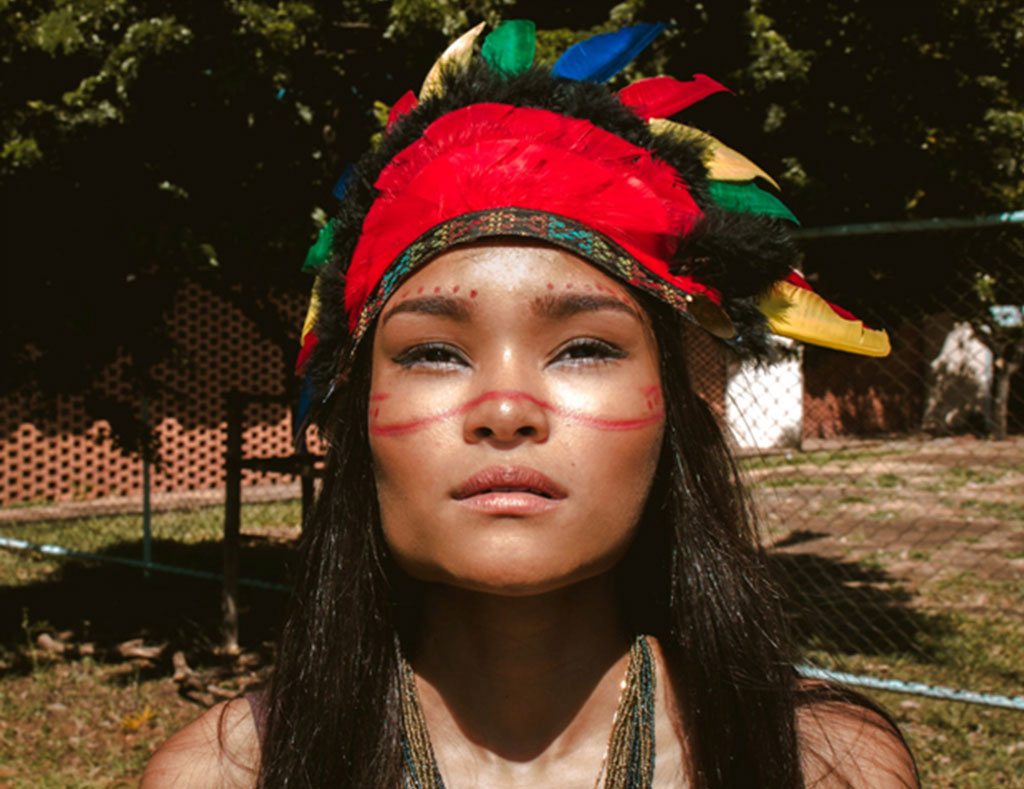 The MMIWG (Missing and Murdered Indigenous Women and Girls) report came out this month, and there is a lot of anguish over it. A quick summary is that there are multiple cases across Canada which involve the death or disappearance of Indigenous women, but which authorities say were not due to foul play. The high numbers of cases, and how it disproportionally affects Indigenous women and girls in the US and Canada, prompted groups to ask the government for action.
The MMIWG (Missing and Murdered Indigenous Women and Girls) report came out this month, and there is a lot of anguish over it. A quick summary is that there are multiple cases across Canada which involve the death or disappearance of Indigenous women, but which authorities say were not due to foul play. The high numbers of cases, and how it disproportionally affects Indigenous women and girls in the US and Canada, prompted groups to ask the government for action.
From 2001 to 2015, the homicide rate for Indigenous women in Canada was almost six times higher than the homicide rate for non-Indigenous women, representing “4.82 per 100,000 of the population versus 0.82 per 100,000 of the population”. In Nunavut, the Yukon, the Northwest Territories, and in the provinces of Manitoba, Alberta and Saskatchewan, the over-representation of Indigenous women among homicide victims was even higher.
My first experience with the matter was when I saw the Red Dress project at the University of Alberta around 2011. During the winter semester, bright red dresses were hung on barren trees around the school grounds, a stark contrast of colour against the gray sky, bare branches and white snow. Below each dress was a poster speaking about the topic. Imagine having your mother, aunt, cousin or sister missing and their case being unresolved. Or perhaps you suspect that they were abducted or killed, and you are left feeling that your case was not supported or taken seriously. That is what the red dresses aim to represent.
As immigrants, we come to Canada at different times in our lives. It is likely that we learn about this country’s history and current events in a limited way and we may forget most of those facts after we pass our citizenship test. It is also likely that we end up prioritizing facing our own personal struggles, and as a result, it becomes difficult for us to think of social issues that affect other demographics in this country.
It is really no one’s fault, but even in the Philippines we don’t do a great job of supporting Indigenous people’s issues. It is not surprising to feel unsure of whether we can even do anything about this very serious issue. Here is what we can do and what I encourage every single immigrant to do:
Learn about the history of this country from all angles. One good resource I found is the 10-episode series that CBC released for Canada 150 a few years ago, a 10-episode series called Canada: The Story of Us. It’s available online even now. Attending events, workshops and visiting resource booths hosted by Indigenous organizations are also very valuable.
Don’t believe in stereotypes. The first stereotype about Indigenous peoples I heard was from my Filipino uncle of all people! He warned me to be careful when in downtown because of the “sketchy native people”. We don’t appreciate the over-simplification of who we are and that of the people from our country and it’s the same thing for Indigenous peoples. Take the time to identify how many tribes are in your province, for instance, learn the difference between the Metis, Cree, and other groups.
Initiate and participate in Indigenous Awareness Training in your workplace or organizations. This is particularly important for every government department and social service agency. I am fortunate to have attended a few these at my workplace, and that there are Indigenous organizations that are willing to host a session, which can range from a few hours to a few days. The impact of Residential Schools, the 60’s scoop, the treaties, how reserves are established, and the social norms and spirituality of the Indigenous peoples are all valuable to learn. Learning more about all of this can help us be empathetic and also more effective, when we have Indigenous peoples as clients, partners, or supporters in whatever we do.
Colonization is something that we Filipinos are familiar with. It’s valuable to learn about what happened here and how it impacts events and people to this day. It is also vital to learn how to live and love this country that we now call home, by learning and actively participating in resolving its social and economic issues.


